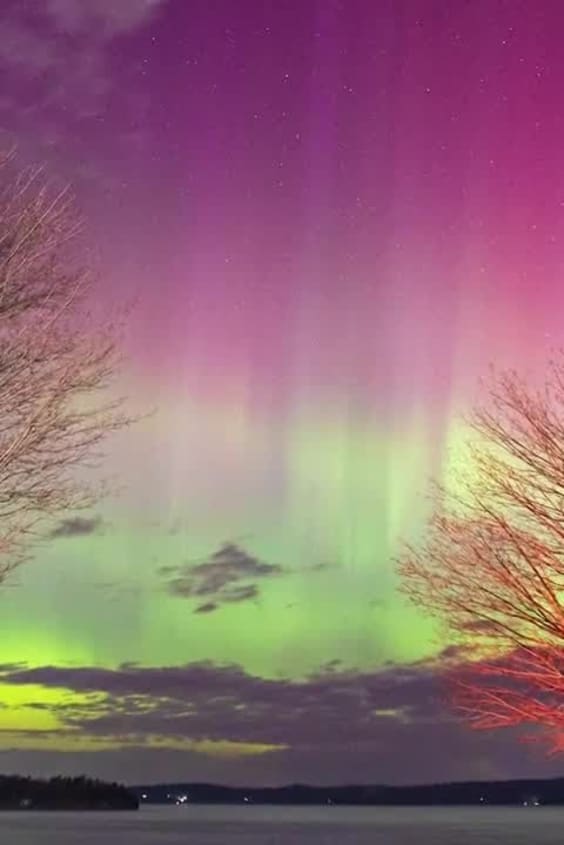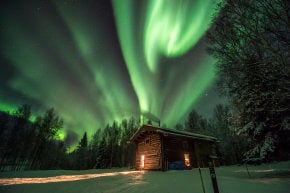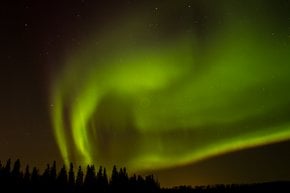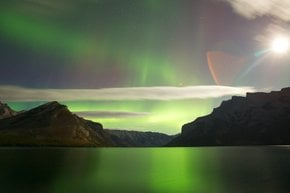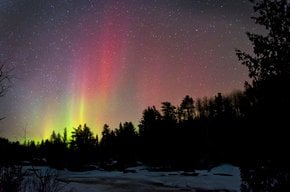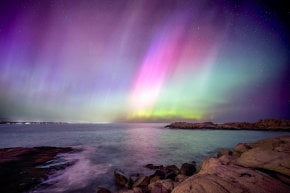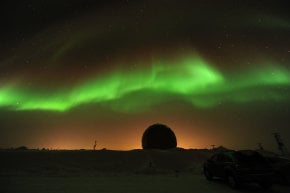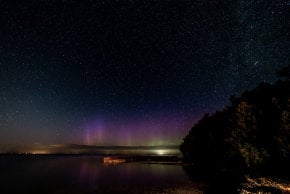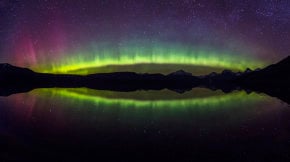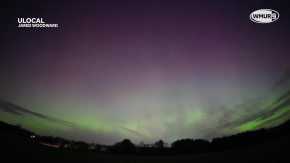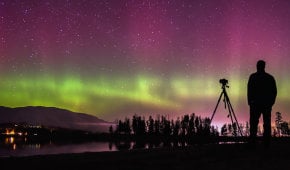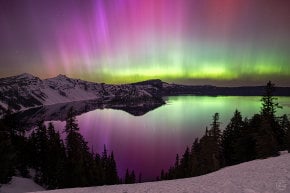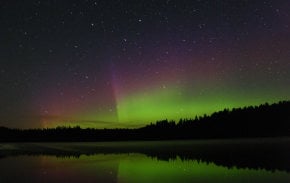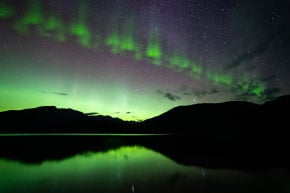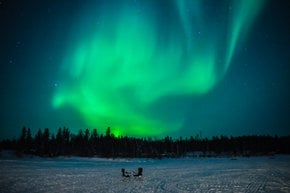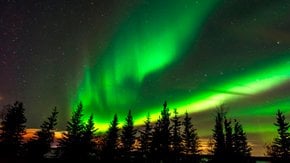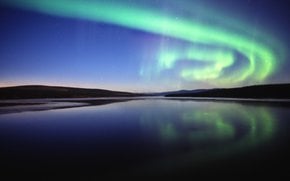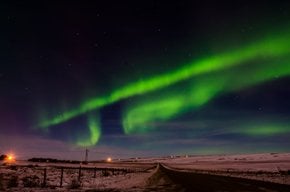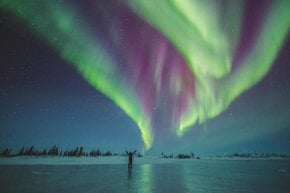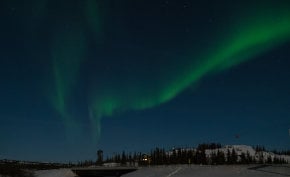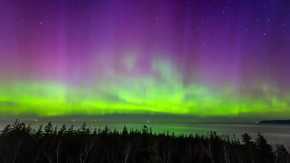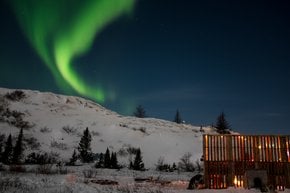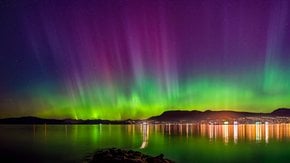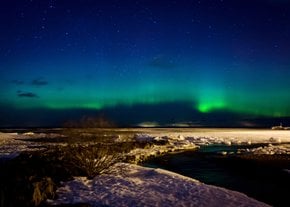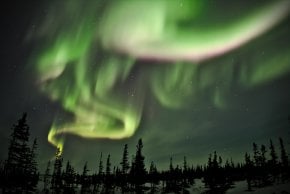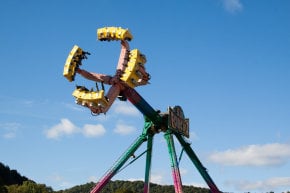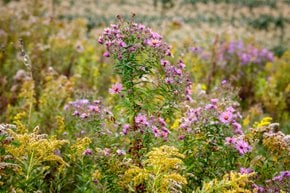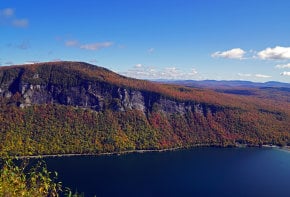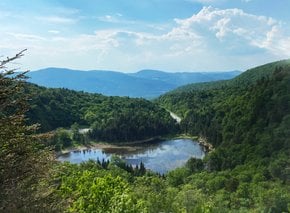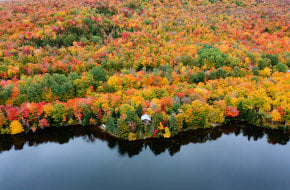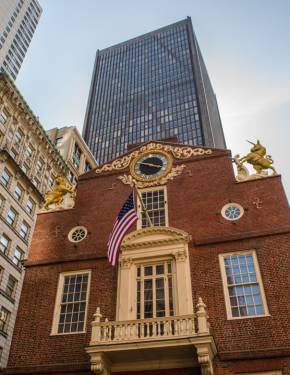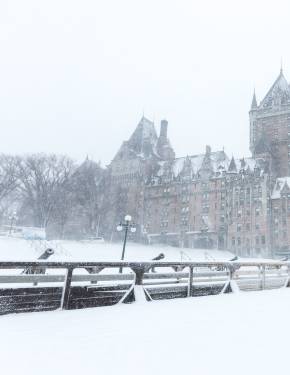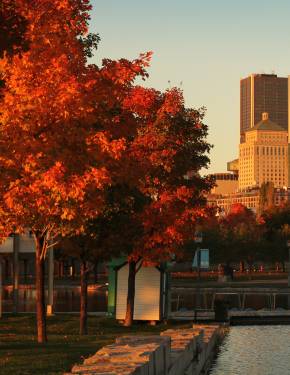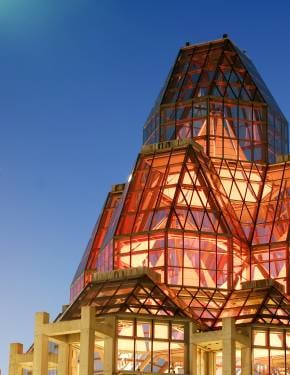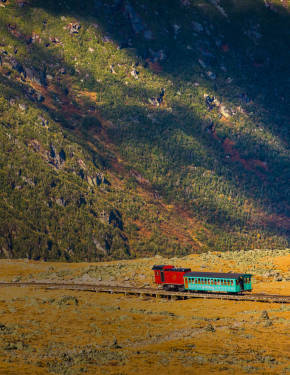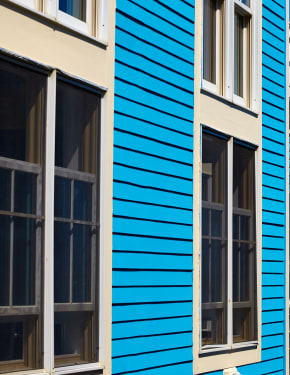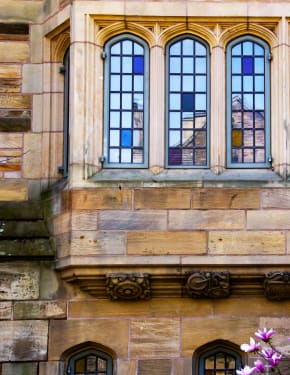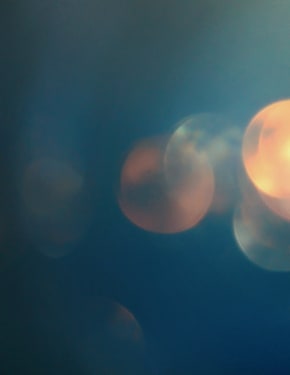Northern Lights in Vermont 2025-2026
The greatest nature's light show can be observed in Vermont
Best time: September–March
Vermont is located beyond the so-called aurora oval around magnetic poles. However, if the geomagnetic activity is high enough, Vermont residents and guests have a solid chance to see the beautiful spectacle that colors the skies in green, purple, and red. The northern lights could be seen quite well in the North Country and Upper Valley regions.
Best Time to View the Northern Lights
The season of the Northern Lights chase starts in the fall. Autumn and spring equinoxes usually coincide with increased geomagnetic activity, hence your chances to see northern lights in Vermont grow. Winter is also a good time to chase aurora due to darker and longer nights. By April, your chance to see aurora decreases considerably. Remember to check the weather conditions using today's forecast from the National Weather Service and consult the aurora forecast for the best chances of catching the light show.
Best Places to See the Northern Lights
Malletts Bay
Malletts Bay, situated 8 miles (13 km) north of Burlington, is a favored destination for aurora borealis enthusiasts. This small, sheltered bay on Lake Champlain, nestled within the town of Colchester, is perfect for swimming, boating, fishing, and various water sports. With its crystal-clear waters and stunning mountain sunsets, Malletts Bay offers breathtaking views. If you're fortunate enough to witness the northern lights here, the experience will be equally, if not more, spectacular. Don't forget your camera—amateur photographers can capture stunning images of this natural wonder.
Delta Park
Delta Park, a unique 55-acre natural area managed by the WVPD, sits along Lake Champlain at the Winooski River's mouth. This park features a diverse range of ecosystems and offers a half-mile elevated trail for biking and walking, with views of wetlands, Lake Champlain, and the Adirondacks in New York. The bike bridge over the Winooski River connects Delta Park to Mayes Landing in Burlington and is part of the Island Line Bike Trail. Both Delta Park and Colchester Point are excellent spots in the area for observing the northern lights.
Stowe Mountain Resort
The Stowe ski resort, located in the Green Mountains, is an excellent spot for northern lights viewing due to its high elevation and stunning landscape. Renowned as one of New England's most iconic ski destinations, Stowe boasts Vermont's highest peak and offers a picturesque setting with a rich tradition of delivering top-notch mountain experiences.
How to Snap the Aurora Borealis with Your Phone
Remember, it's not always possible to see the Northern Lights with the naked eye, but it might still be there. In such cases, try capturing the auroras with your smartphone. Start by adjusting your camera settings: use a tripod or stabilize your phone to avoid shaky shots, set the focus to manual and adjust it to infinity. Increase the ISO to 800 or higher, and choose a long exposure time, typically between 10-20 seconds. If your phone allows, shoot in RAW format for better post-processing. Turn off the flash and use a remote shutter or timer to reduce motion blur. For better results, consider using a dedicated night photography app that offers more control over these settings.

